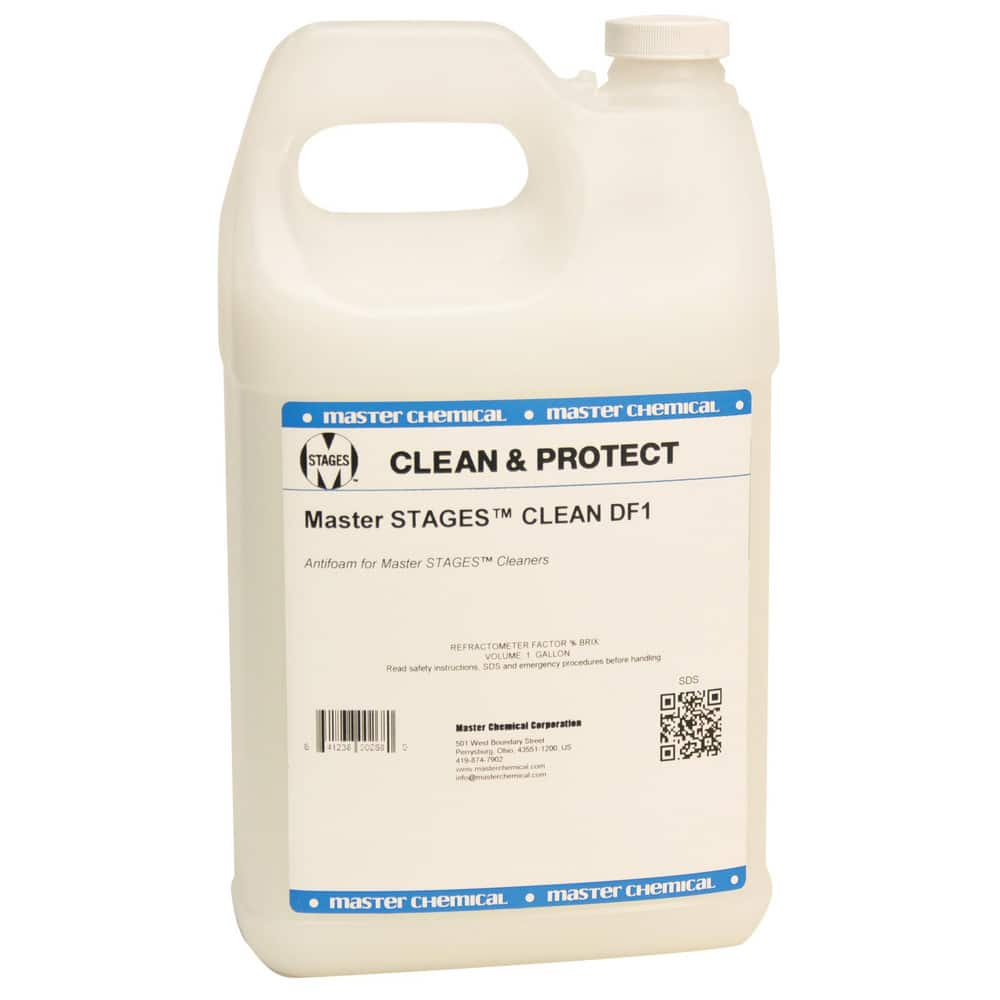Ideal Practices for Choosing the Right Anti-Foam Control Remedy for Your Needs
Picking a reliable anti-foam control remedy demands a thorough analysis of your one-of-a-kind functional needs. Trick factors to consider consist of the certain buildings of your procedure, such as temperature level, pH, and chemical communications, all of which substantially affect the performance of defoaming agents.
Understand Your Foam Trouble
Regularly, companies experience foam-related problems that can impede operational performance and item high quality. Foam formation can take place throughout different processes, consisting of mixing, fermenting, and transportation, and it typically results in tools inadequacies, production downtime, and increased functional expenses. Understanding the underlying reasons of foam generation is vital for dealing with the problem successfully.
Foam can emerge from numerous aspects, such as the nature of the materials entailed, agitation degrees, temperature variants, and chain reactions. Particular surfactants can intensify frothing, while high shear mixing can present air, leading to unwanted foam accumulation. Additionally, ecological problems and the particular features of the liquid systems in operation can considerably affect foam behavior.
By assessing these variables, organizations can acquire insights into their foam problems, allowing them to establish targeted methods to minimize foam development and boost overall process performance. This foundational understanding is vital for selecting an appropriate anti-foam control service tailored to particular operational needs.
Assess Anti-Foam Options
When considering anti-foam options, it is necessary to completely assess the various formulations available on the market to locate one of the most ideal option for your certain foam-related difficulties. Anti-foam agents come in varied kinds, consisting of silicone-based, non-silicone, and natural formulations, each offering distinctive properties and efficiency attributes.
Begin by examining the particular application requirements, such as temperature level limits, pH degrees, and the sort of foam being created. Silicone-based representatives are understood for their effectiveness in high-temperature settings, while non-silicone choices may be better in food processing applications due to regulatory factors to consider.
It is also critical to think about the rate of application and the preferred long life of the foam control. Some formulas may supply immediate defoaming activity, while others offer long term stability. Carrying out small-scale examinations can provide understandings right into the efficiency of each alternative in real-world conditions.
Take Into Consideration Application Compatibility
In the world of anti-foam options, making sure application compatibility is vital for accomplishing ideal performance. The performance of an anti-foam representative mainly depends upon its ability to function sympathetically within the certain specifications of your application, including temperature level, pH, and the existence of other chemicals. Different solutions may perform variably throughout varied conditions, hence detailed testing is essential.
Begin by identifying the characteristics of your process, such as viscosity and the nature of the medium in which the anti-foam will be employed. For example, some anti-foam representatives might work well in aqueous solutions yet fall short in natural solvents. In addition, think about the potential communications with existing materials and active ingredients to avoid unwanted impacts.
It is additionally essential to review the technique of application. Whether the anti-foam is presented constantly or batch-wise can affect its efficacy and durability in the system. Ensure that the selected item is not only suitable with the operational specifications yet also lines up with any kind of regulative needs relevant to your market.
Assess Environmental Impact
Exactly how does the ecological influence of an anti-foam control service affect your total selection process? The eco-friendly impact of your chosen anti-foam agent is extremely important, as it reflects your commitment to sustainability and regulative conformity. Picking a product read this post here with very little ecological repercussions can enhance your business photo and foster consumer trust.
When analyzing ecological influence, take into consideration the biodegradability of the anti-foam option. Solutions with high poisoning can position considerable risks to local environments, possibly resulting in governing fines and ecological deterioration.
Another crucial factor is the visibility of unsafe compounds. Anti-foams including damaging chemicals may demand unique handling and disposal procedures, complicating and raising functional costs conformity with ecological policies. Therefore, Visit Website picking environment-friendly alternatives can mitigate these dangers.
Screen and Optimize Efficiency
To make the most of the performance of your anti-foam control option, it is important to regularly keep an eye on and optimize its efficiency. Continuous examination permits the recognition of any variances in foam levels and the subsequent performance of the anti-foam agent.
Carry out a systematic technique to monitor essential efficiency indicators (KPIs), such as foam quantity, security, and the response time of the anti-foam representative. Make use of analytical tools and strategies, such as visual assessments, foam elevation measurements, and specialized sensors, to collect exact data.

Furthermore, maintain open interaction with suppliers for technological support and insights on the current improvements in anti-foam technology. This aggressive approach not just help in accomplishing optimum performance however also lessens functional disruptions and boosts overall process performance. Routinely taking another look at and refining your anti-foam technique makes certain that you are efficiently handling foam-related obstacles, ultimately causing boosted productivity and expense financial savings.

Verdict
Finally, selecting the ideal anti-foam control option necessitates a thorough examination of specific application demands, including temperature level, pH levels, and chemical compatibility. Strenuous testing for long term and instant defoaming efficiency is necessary, as is consideration of ecological impacts and regulative conformity. By prioritizing green choices and continually keeping track of efficiency, operational effectiveness can be boosted while efficiently look at here now minimizing foam-related challenges. Following these ideal practices will certainly promote informed decision-making in anti-foam control options.
Picking an effective anti-foam control solution requires a detailed analysis of your unique operational requirements.In the realm of anti-foam services, making sure application compatibility is extremely important for attaining optimum performance.How does the environmental impact of an anti-foam control solution influence your overall selection process?In conclusion, selecting the suitable anti-foam control service requires an extensive assessment of particular application requirements, including temperature, pH levels, and chemical compatibility (Anti-Foam Control Solutions). Adhering to these ideal techniques will certainly assist in educated decision-making in anti-foam control options